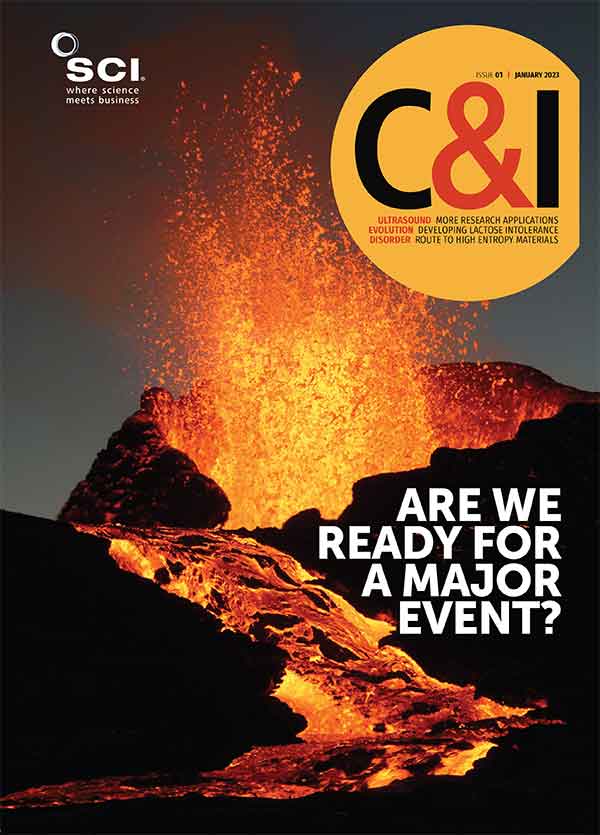
In response to a broader question about the elements that get in the way of effective process safety management, 45% of respondents identified training and competency as an issue. Insufficient engagement of frontline employees to improve awareness was highlighted by 34% of respondents.
For centuries, chemical innovations have advanced every sector of the economy. But novel chemicals may introduce a degree of risk that must be carefully managed. In Sphera’s 2022 Safety Report – our seventh annual report – we highlight the trends and developments in process safety management (PSM) and operational risk management (ORM) that have implications for chemical management (sphera.com/report/safety-report-2022/).
Built on our global survey of 280 process safety and operational risk management professionals, our 2022 Safety Report indicates a concerning gap between process safety goals and intent. Some 69% of respondents reported a gap between the PSM goals of their organisation and the reality of PSM. Furthermore, respondents shared that only 67% of safety-critical maintenance and asset-integrity inspections is achieved in a typical month, leaving one-third of this essential work unfinished.
It’s not hard to grasp the implications of these findings. If only two-thirds of planned safety-critical maintenance is completed in a given month, the threat of major accident hazards and near misses is clearly present. Additionally, when asked whether they are confident of their assets’ exposure to a major accident hazard, respondents said they’re generally not confident that they’re aware of their exposure.
Look at any industry that relies on effective process safety to manage and mitigate operational risk and you’ll see how PSM intersects with resource – particularly human resource – issues. When asked which factors impede an organisation’s ability to achieve 100% of safety-critical maintenance, 74% cited limited resources. And in response to a broader question about the elements that get in the way of effective process safety management, 45% of respondents identified training and competency as an issue. Insufficient engagement of frontline employees to improve awareness was highlighted by 34% of respondents.
We also asked what causes an increase in risk on the plant or asset. The loss of personnel ranked higher than any other factor, with 62% reporting it as problematic. ‘The Great Crew Change’ and ‘The Great Resignation’ may be at work here, and they certainly have implications for the chemical and petrochemical industries. The former refers to the transition from an aging workforce to a younger workforce, and the latter – a trend fueled by the Covid-19 pandemic – encompasses recent movement toward more favourable working conditions or, in some cases, a full exit from the workforce.
While it’s hard to predict labour market trends, crew change will persist as a challenge in asset-intensive industries, and chemical/petrochemical businesses must institutionalise knowledge and best practices to reduce its impact. The technology platforms available today can capture and share the knowledge that will help close the gap between process safety reality and intent. Control of work solutions also help organisations contend with the operational challenges of a younger or less experienced workforce, and we are seeing interest in these solutions expand rapidly.
The gap between process safety intent and reality and a compromised ability to achieve 100% of safety-critical maintenance are especially problematic when performance is viewed through an environmental, social and governance (ESG) lens. As many as 87% of survey respondents said PSM is relevant for their ESG programmes, with 65% seeing a fit with their governance programme and 59% finding it important for their environmental programme. Fewer respondents – 41% – saw a fit with their social programme.
Respondents were also asked which impact scenarios are most concerning for their organisation. Environmental impact scenarios weighed most heavily, with 71% citing them as concerning and 58% highlighted scenarios that have an impact on human habitation as problematic. ESG has brought increased scrutiny to chemical management, creating higher expectations where safety is concerned. Yet 42% of respondents reported that their organisation handles process safety only as a compliance obligation. In our view, a ‘tick-the-box’ approach to PSM falls well short of the proactive measures that companies must deploy to establish a culture of safety.
Technology can advance PSM by enabling predictive capabilities. In fact, 96% of respondents believe that technology can help enable effective PSM. Yet only 11% of respondents reported taking full advantage of digital solutions. Companies need management support and budget so they can realise the benefits of today’s products.
The chemical industry has long recognised the need to contain potentially hazardous materials. Poor chemical management can lead to loss of life and assets, as well as crippling reputational damage. A proactive, technology-enabled approach to PSM can eliminate the gap between process safety intent and reality.





